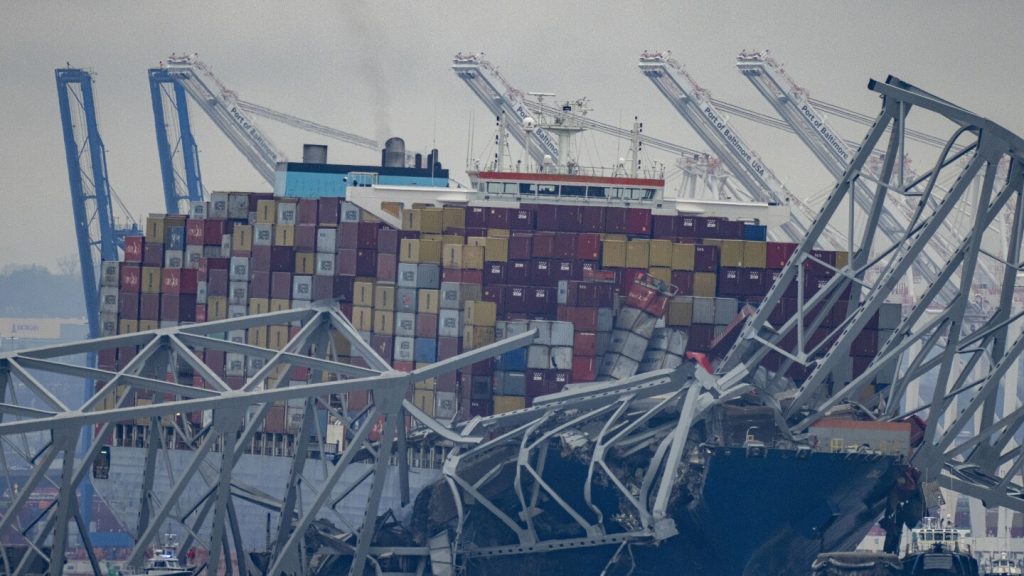MONSTERS OF THE OCEAN
The cargo ship Dali, which crashed into Baltimore’s Francis Scott Key Bridge, causing it to collapse and leaving six bridge construction workers presumed dead, is an enormous vessel. If stood upright, the Dali would reach almost to the top of the Eiffel Tower in Paris or about two-thirds of the way up the Empire State Building in New York. It can carry almost 10,000 standard-sized metal shipping containers and was carrying nearly 4,700 containers at the time of the accident. However, the Dali is dwarfed by the world’s largest container ships that can carry more than 24,000 containers. Operating giant container ships has environmental and economic advantages, but their size and weight make them difficult to maneuver and stop in emergency situations.
MAYDAY CALL SAVES LIVES
The Dali, named after Spanish surrealist painter Salvador Dali, was built by South Korea’s Hyundai Heavy Industries and launched in late 2014. Chartered by Danish shipping giant Maersk for a trip from Baltimore to Sri Lanka, the Dali encountered problems shortly after departure. The crew sent a mayday call, reporting a loss of power and control of the steering system. The ship then collided with one of the bridge’s columns, leading to the collapse of the entire structure. The mayday call allowed authorities to stop bridge traffic and prevent further casualties, but tragically, the construction crew working on the bridge was unable to escape in time. Divers have already recovered the bodies of two workers.
PASSED PREVIOUS INSPECTIONS
Despite the fatal crash, the Dali had passed inspections prior to the incident. It underwent an inspection in Chile in June 2023, where a faulty pressure gauge for the fuel heaters was identified and fixed before departure. The vessel was also inspected by the U.S. Coast Guard in New York in September, with no issues found. Before leaving Baltimore, routine engine maintenance was carried out on the ship. All crew members on board the Dali were safe after the accident, with only one individual sustaining minor injuries.
INVESTIGATION UNDERWAY
Federal and state officials are treating the crash as an accident. The voyage data recorder from the Dali has been downloaded and sent to the National Transportation Safety Board to build a timeline of events leading to the crash. Singapore also plans to conduct its own investigation to identify lessons for the future. Investigators will assess the damage to the Dali, ensure it does not leak fuel or sink, and clear the channel floor of bridge debris. The ship will likely be towed back to port for cargo offloading. Transportation Secretary Pete Buttigieg has stated that it is too early to determine when the Port of Baltimore will reopen or when a replacement bridge will be built.
WHAT’S NEXT
Efforts to clear the channel floor of debris, assess damage to the Dali, and prevent environmental hazards from fuel leakage or sinking will continue in the aftermath of the bridge collapse. The investigation by the National Transportation Safety Board and Singapore will provide more insights into the causes of the accident. Plans for reopening the Port of Baltimore and constructing a new bridge are still uncertain, with the initial construction of the destroyed bridge taking five years. The tragic events surrounding the cargo ship Dali serve as a reminder of the risks involved in maritime operations and the importance of thorough inspections and safety protocols.


